THE KALAHARI HAS MANY CLOAKS
Kgalagadi Transfrontier Park is just what the name says, a park that spans borders. The SA side of the park is located in the Northern Cape of South Africa, with Namibia on the one side the park encompasses the northernmost part of the Northern Cape and a large portion of the park overflows into the western part of Botswana.
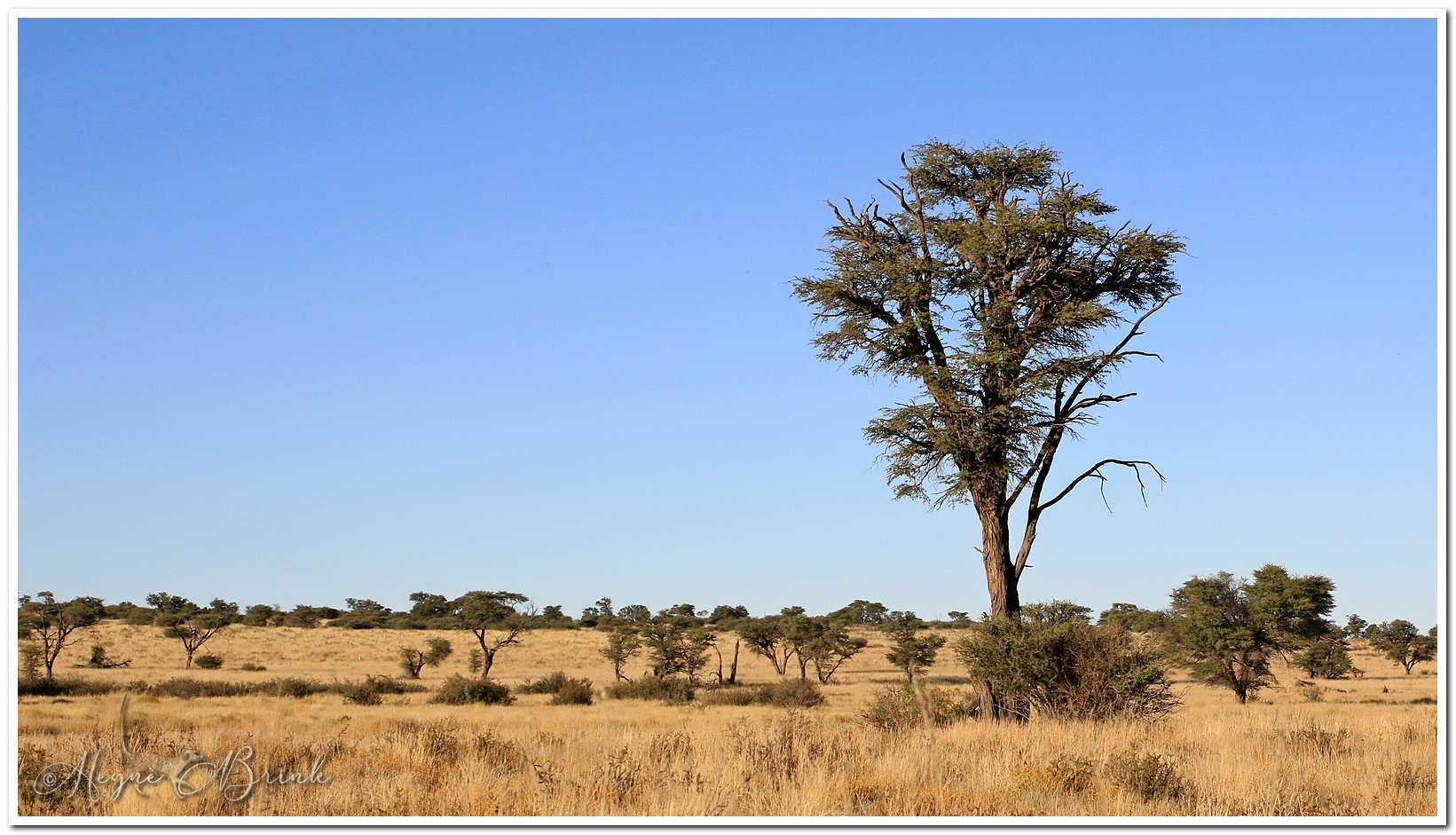
The Kalahari is for the most part semi-dessert with a summer rainfall. Soaring summer temperatures send everyone including the animals in search of shade. Winters the mercury swings in the opposite direction with temperatures dropping sometimes as low -14 during the night.
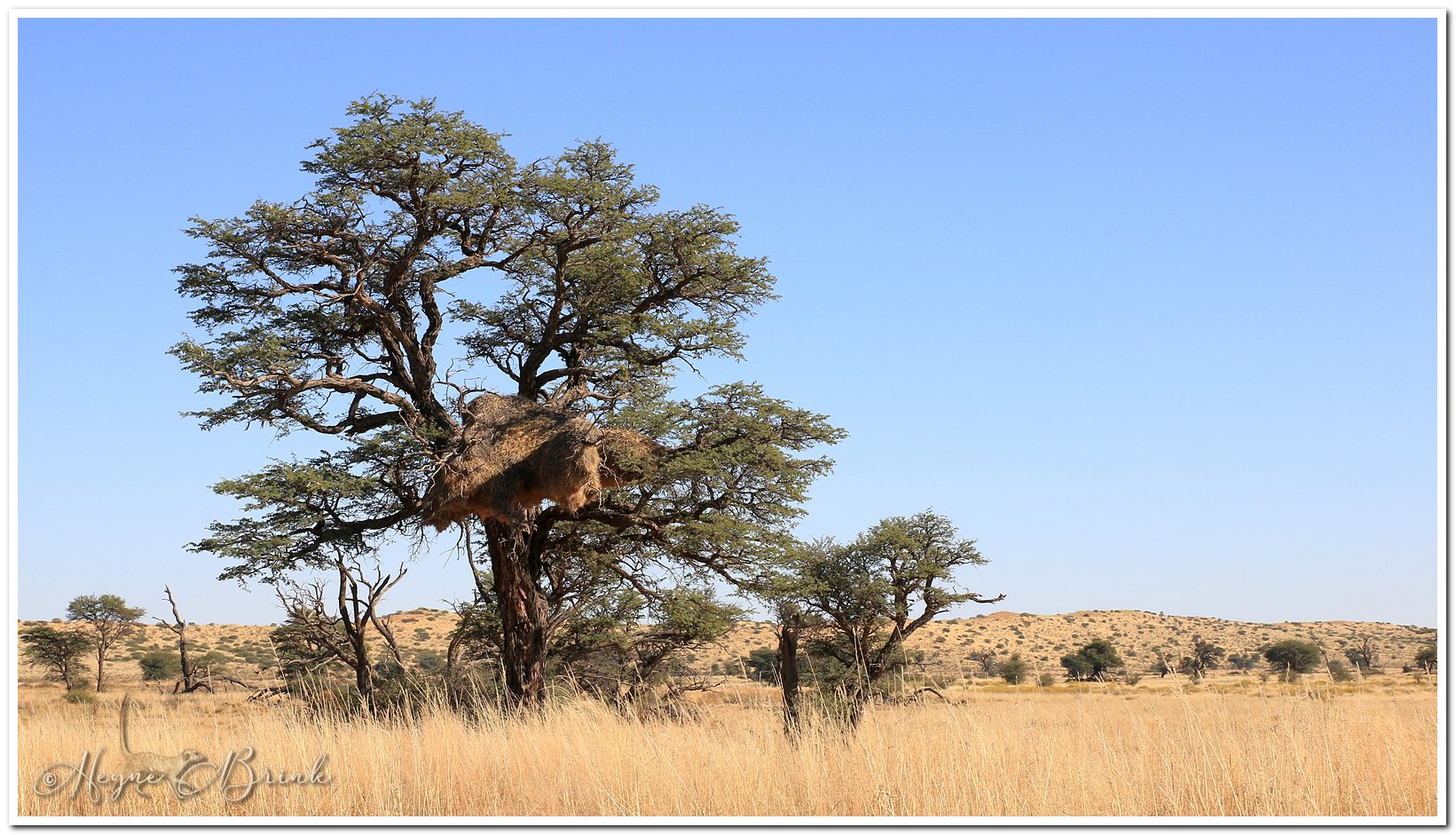
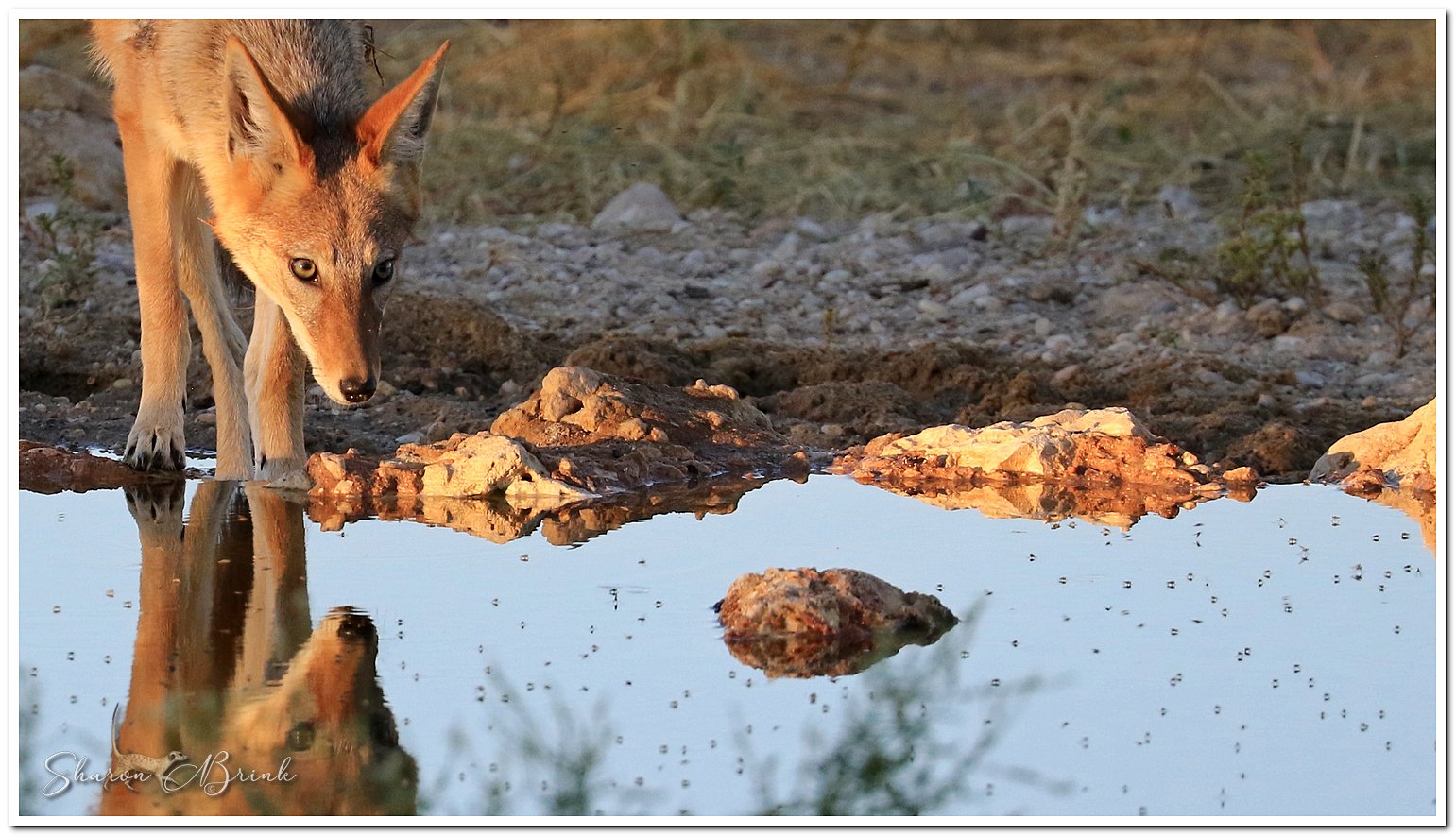
A Black-backed Jackal arrives at the waterhole at dusk
Autumn and spring the temperature is usually more comfortable. We have over the past years seen the Kgalagadi in late autumn and early winter and each and every time is different, unique and breathtaking.
My first time to this amazing Kalahari destination, the dessert was covered in Kalahari Sour Grass Suurgras (Schmidtia kalahariensis) dotted with huge, gnarled Camel Thorn trees Kameeldoringbome (Vachellia erioloba aka Acacia erioloba) with the most beautiful red dunes completing a breathtaking picture. The grass was long in places but not excessively so, the rainy season was well over and it was mid-June, temperatures were dropping.
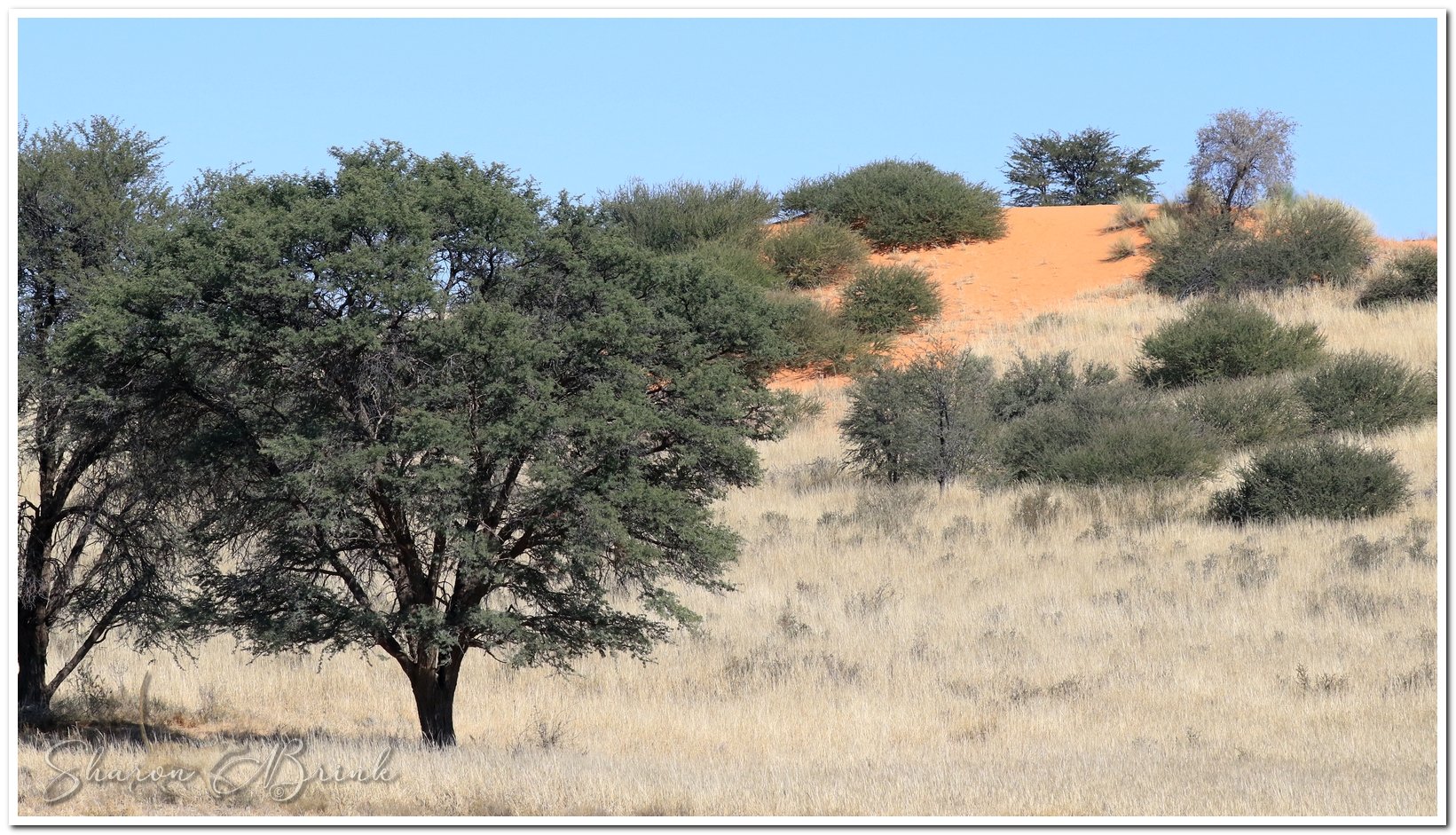
The Dunes of the Kalahari were few and far between, most now covered in grasses
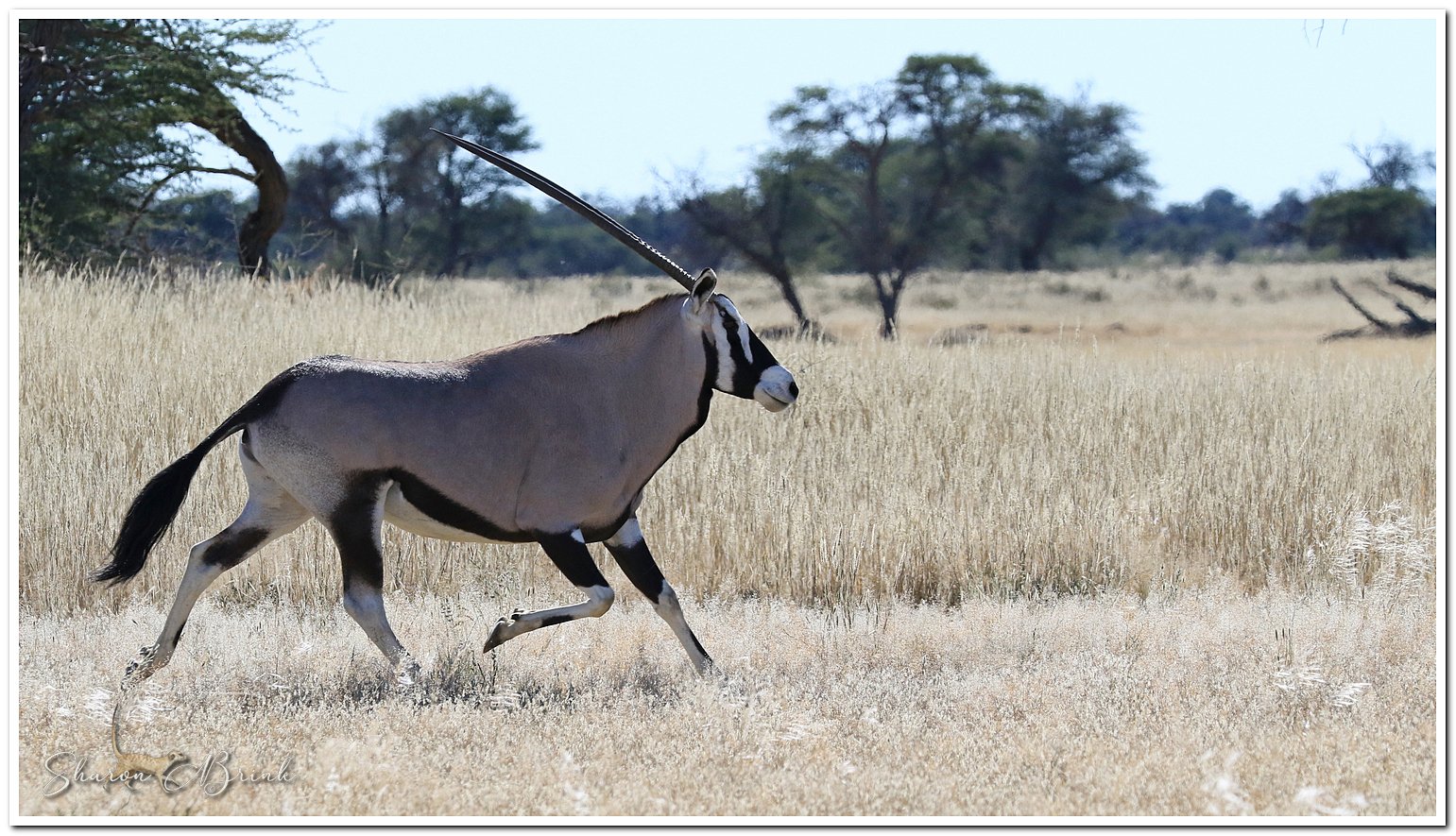
A Gemsbok shows his elegant trot
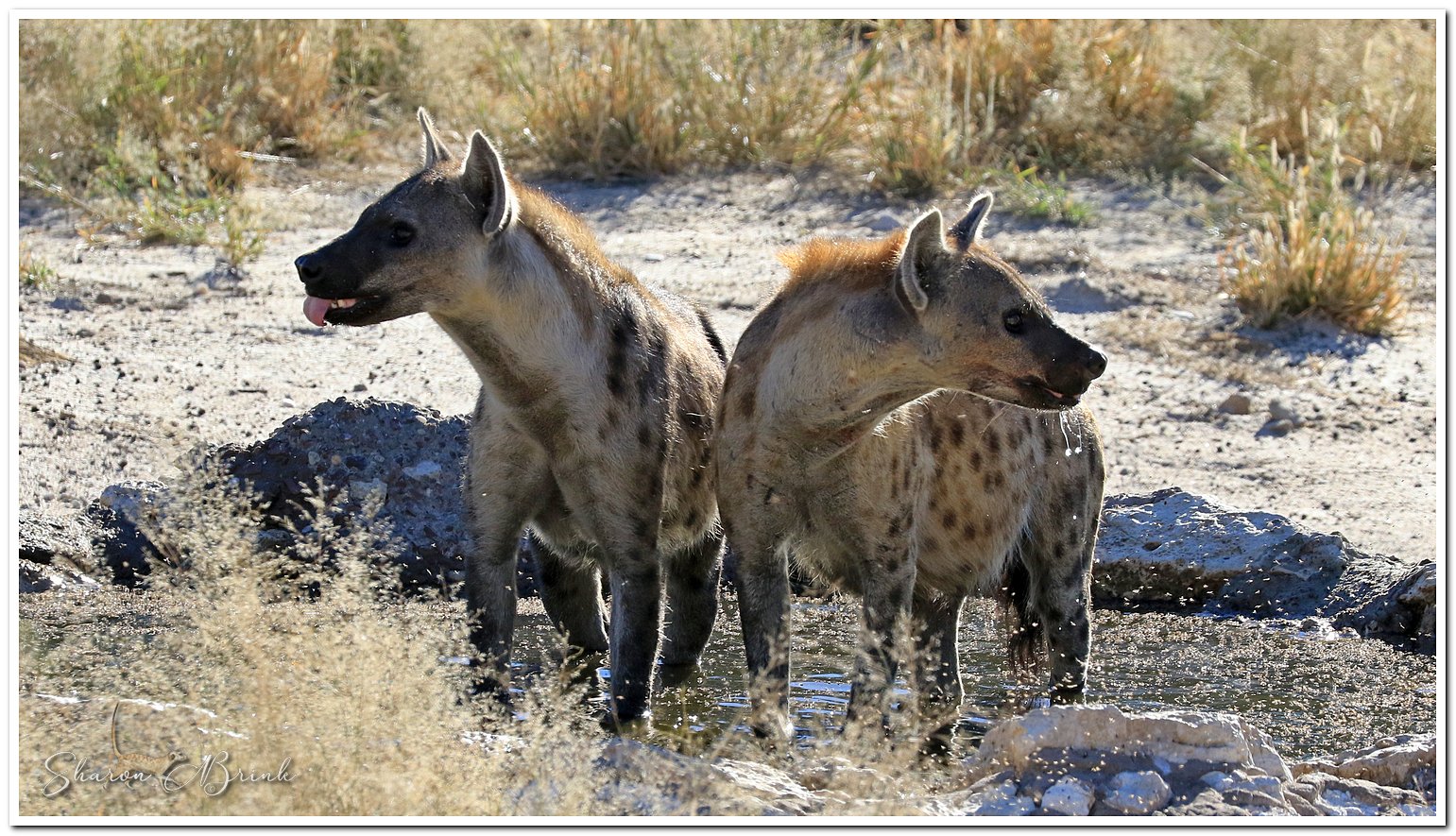
Spotted Hyena catch an early morning drink and in the process disturbing hundreds of flying insects
Every year since then the scene changed until 2019 we saw it at its driest, the riverbeds were mostly sand, the Kalahari Soap Bushes Driedoringbosse (Rhigozum trichotomum ) were blackened …. years of drought were taking their toll. Only small areas of the park were receiving some rain and the game was where possible trekking after the little bit of grass available.
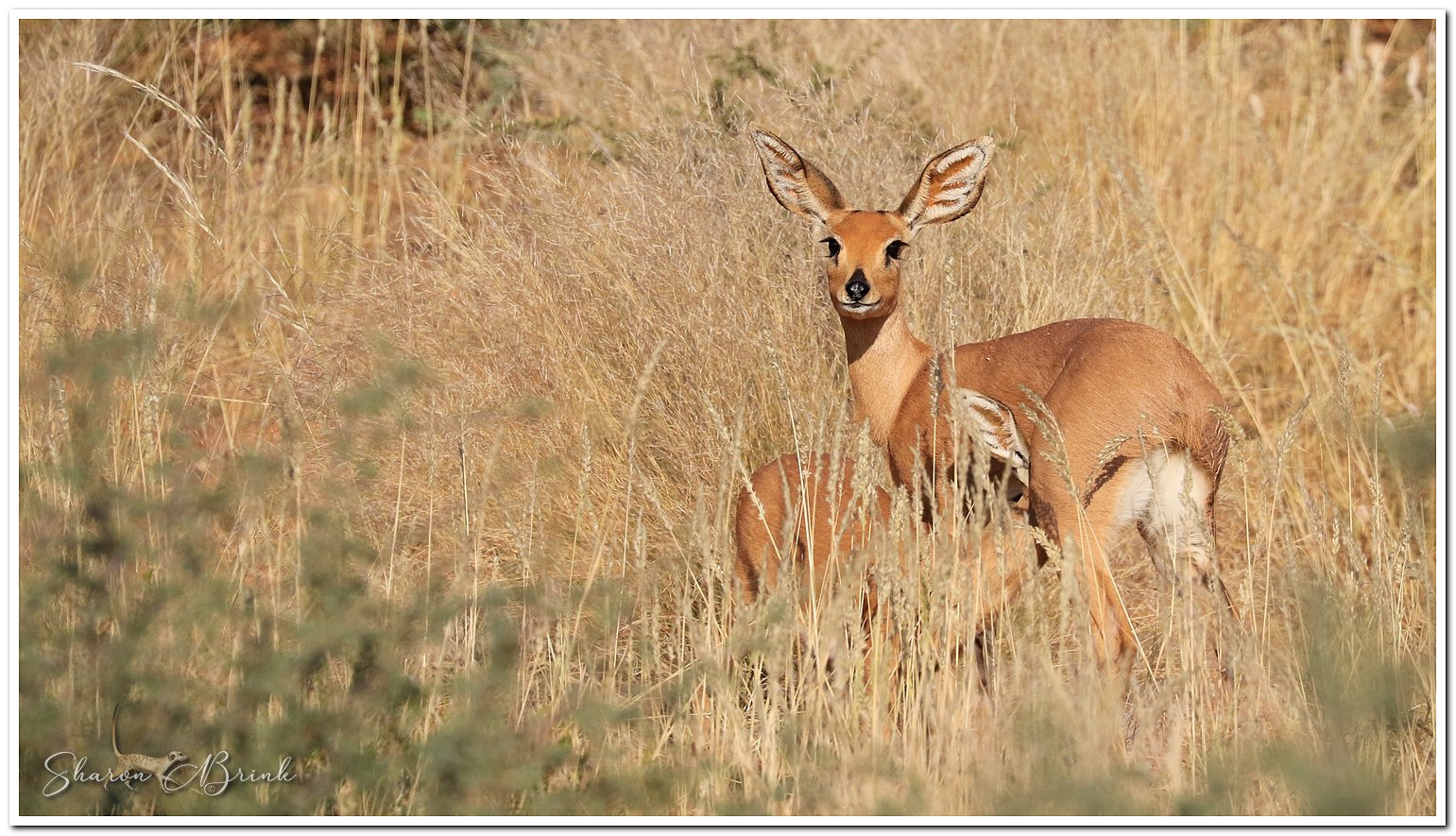
A Steenbok nurses her lamb while keeping a watchful eye
Then the rains came! The country-side was transformed, where there was once no sign of life, growth exploded. We saw part of the Kalahari in February 2021 and fields of green had replaced barren earth. By May of the same year we were back in the Kgalagadi after the pandemic had kept us away the year before.
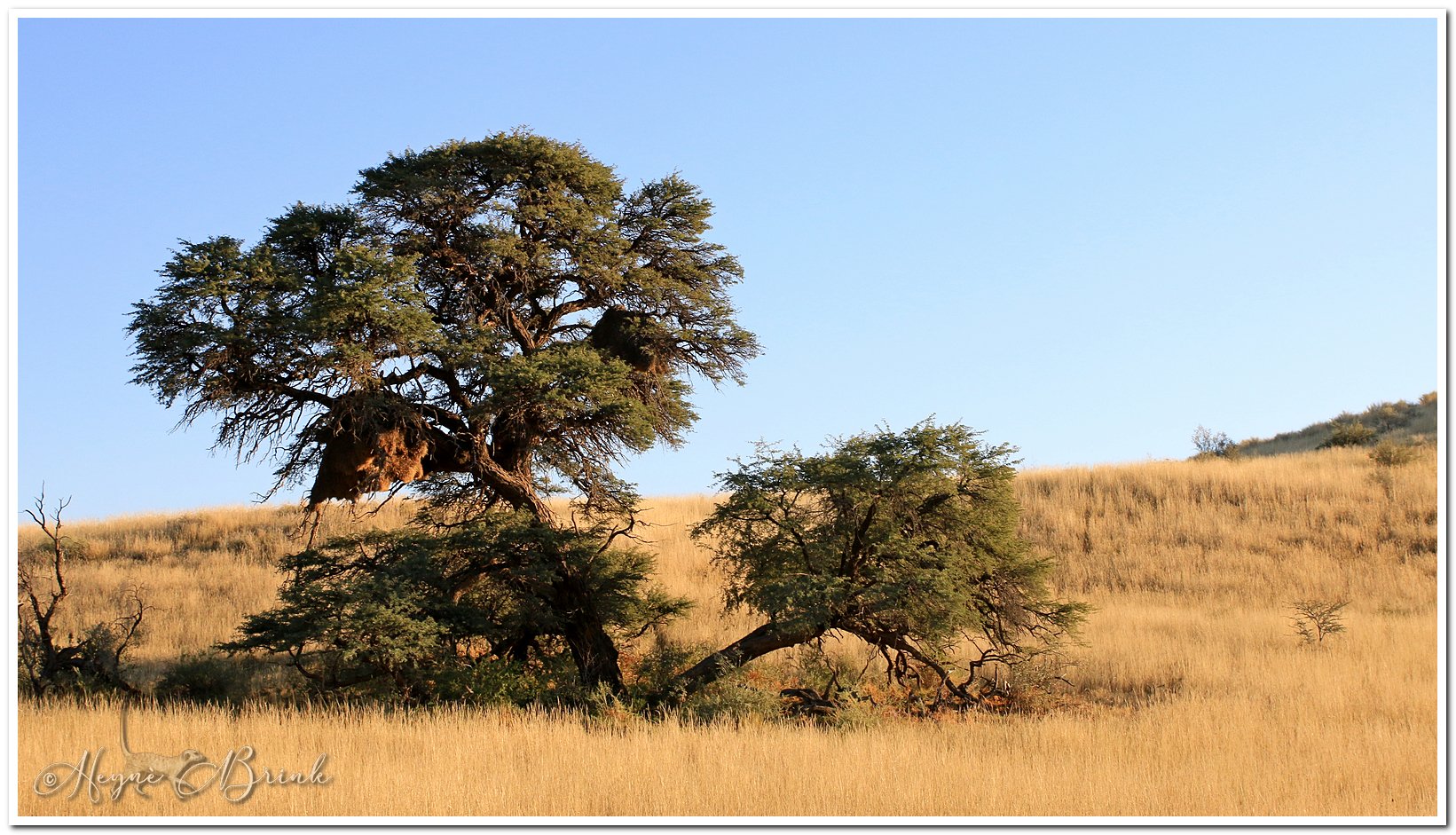
Typical Kalahari scene, gnarled Camel Thorn Tree with a well established Sociable Weaver nest and beautiful golden grass
Hip high grass covered the plains and the dunes were almost invisible under the carpet of grass. Once again the Kalahari had surprised us, new scenes, new vistas and a totally different environment greeted us.
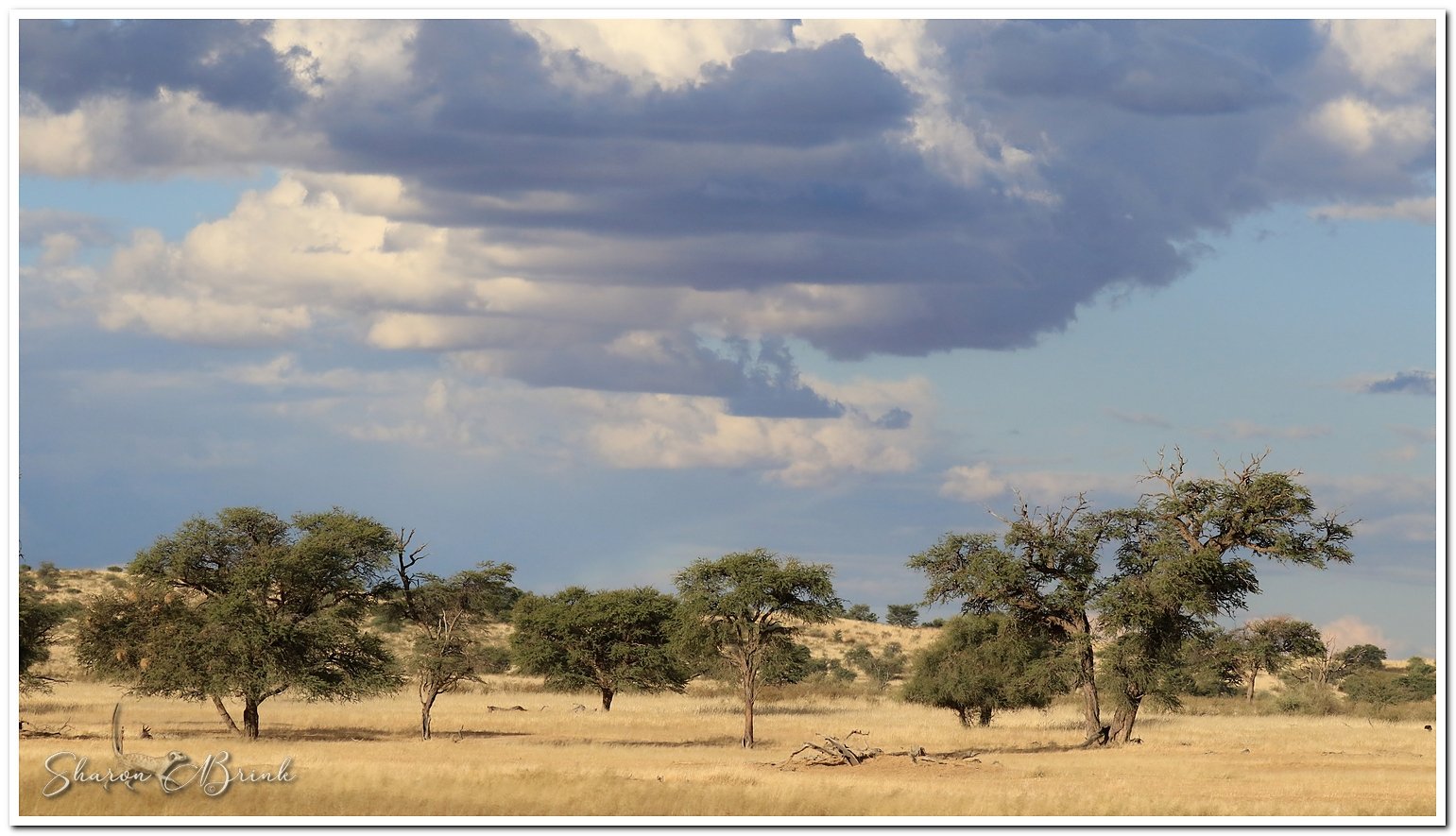
We were even surprised by thundery weather and blessed with the most beautiful rainbow, something we never expected to see in May in the Kalahari! Gemsbok stood belly deep in the golden grasses and leopard and lion disappeared from sight. Now more than ever you needed to keep your eyes peeled to spot one of the cats, often just a head peering above the grass of one checking the surroundings before popping off to sleep again.
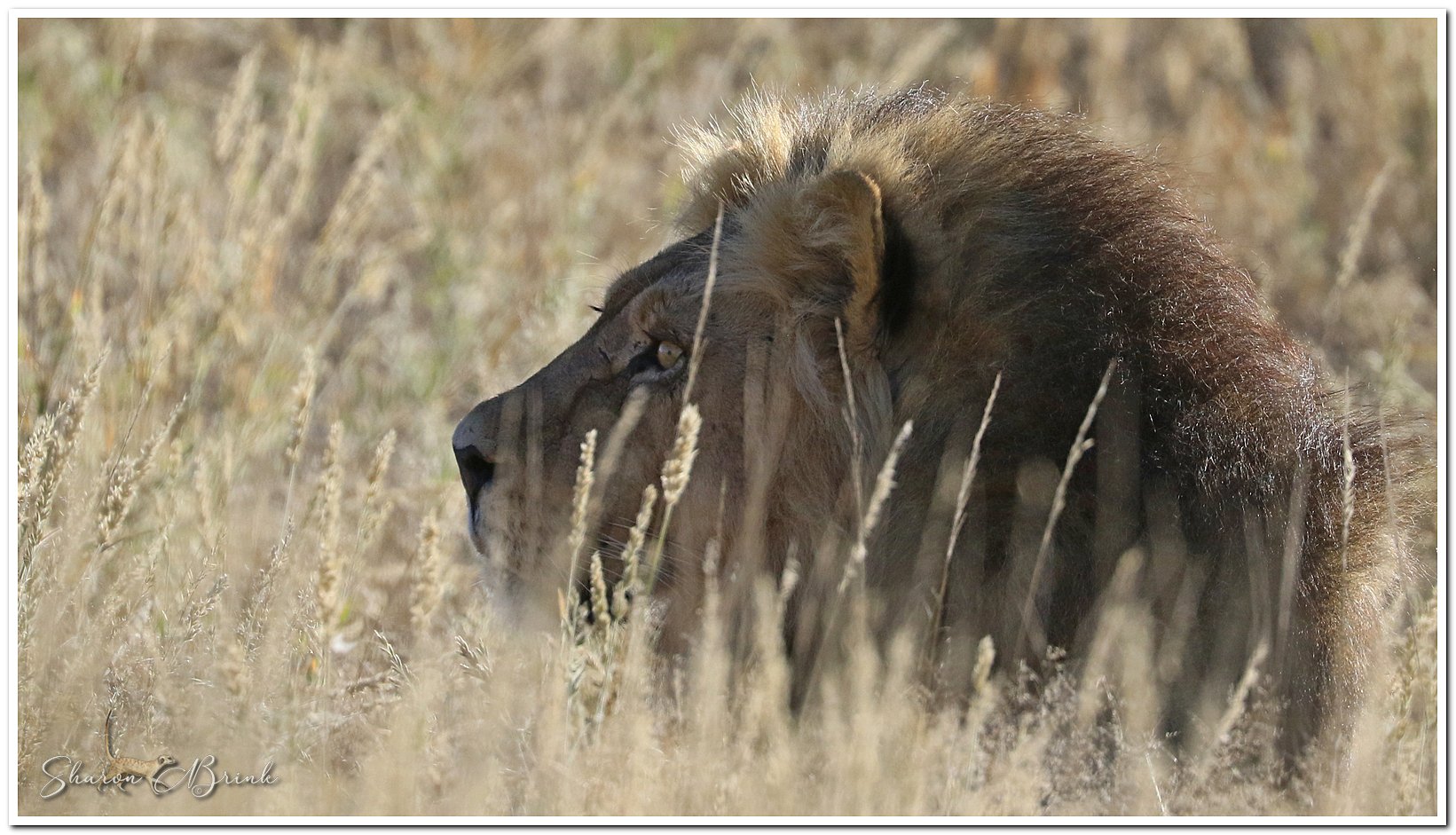
A lion raises his head fleetingly over the long grass before napping further
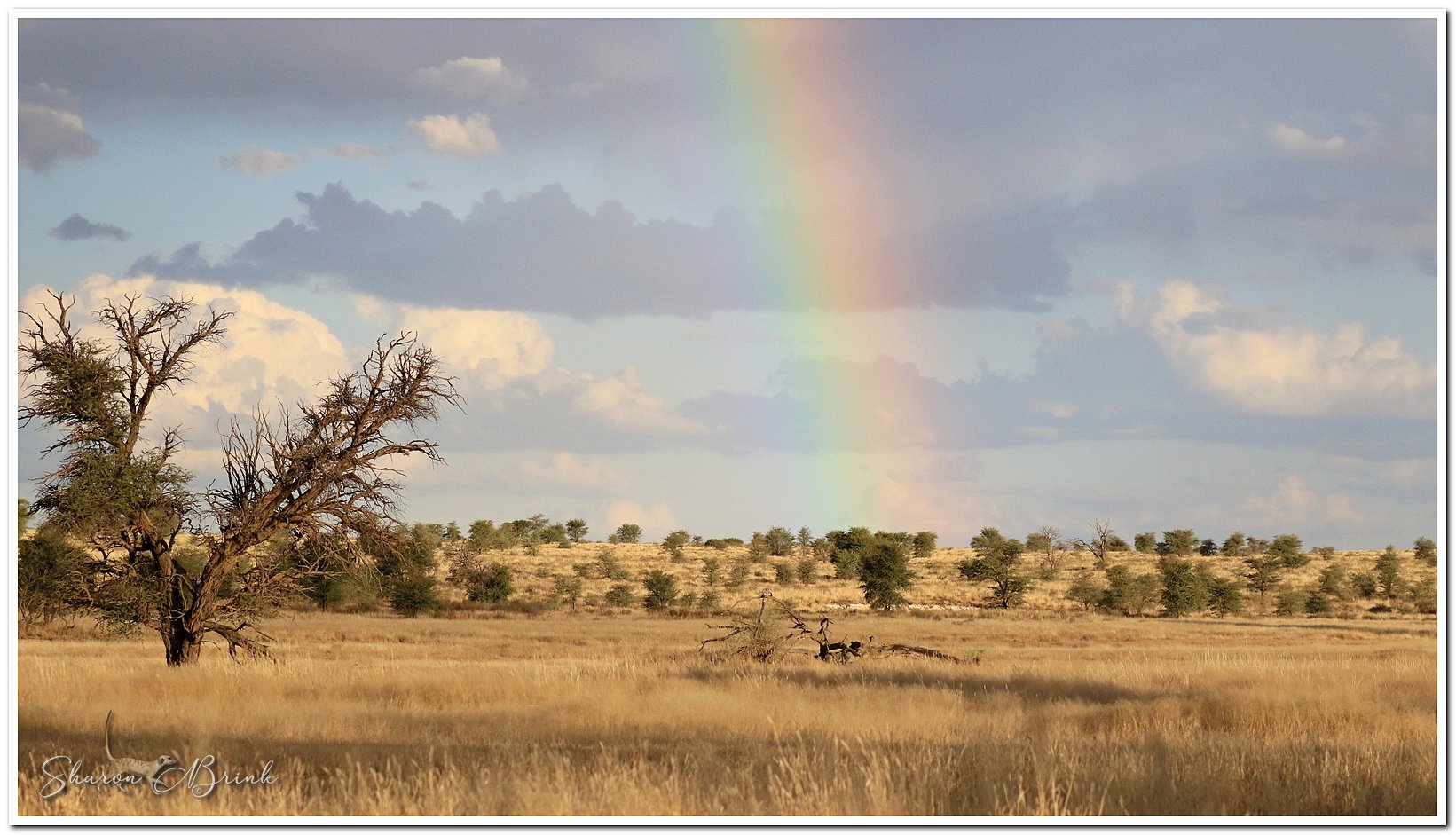
A rainbow, a promise just north of Nossob
Rodents were definitely taking advantage of the extra food and abundant cover for safe foraging. Never before had we seen so many mice, they were so bold to! So much so that we noticed a few occasions that they had become a victim of a “hit & run”! Snakes were obviously also enjoying this explosion of rodents and we regularly saw Puff Adders and Cape Cobra.
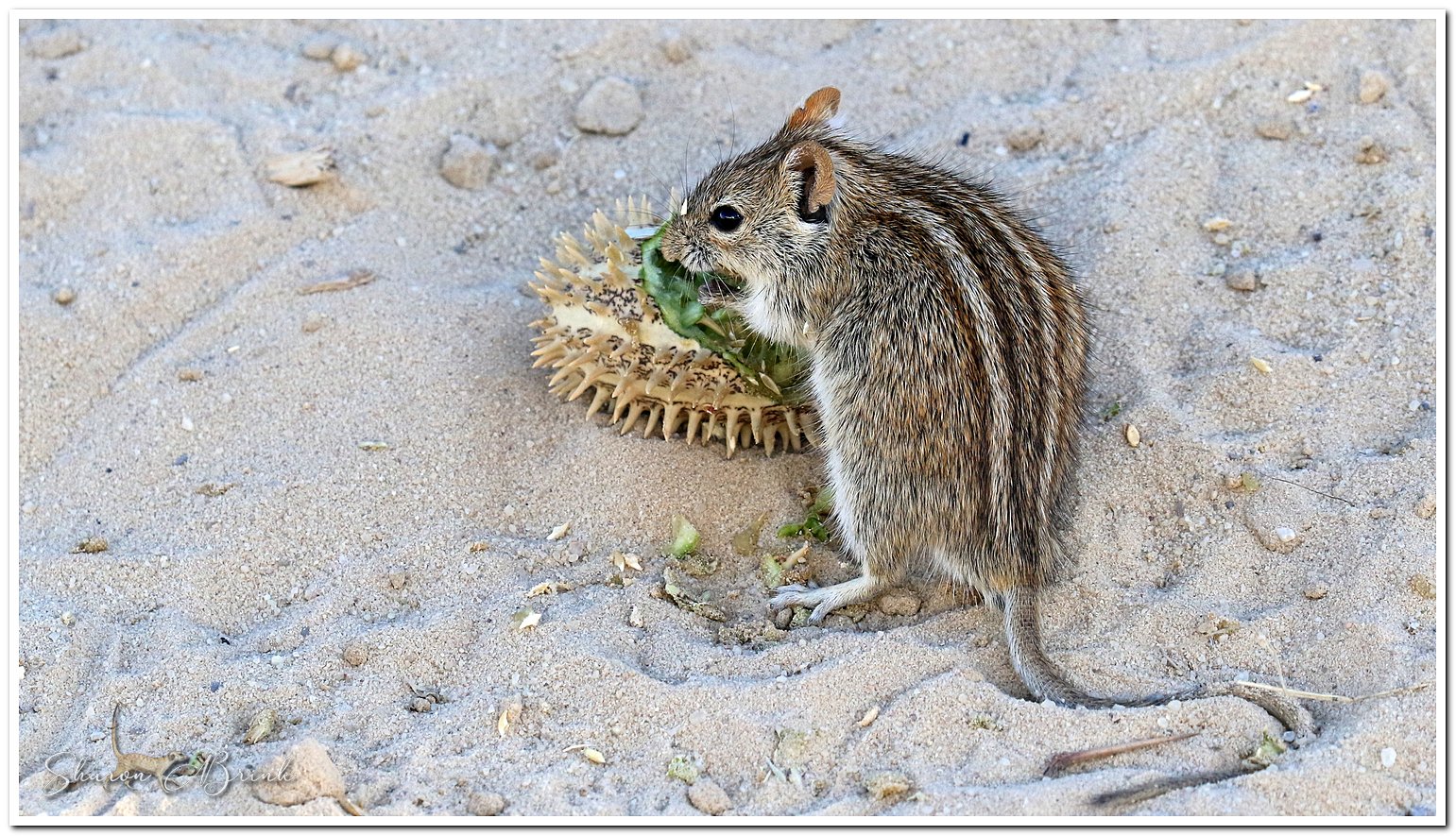
A Four-striped Grass Mouse (Rhabdomys pumilio) enjoying a Gemsbok cucumber (Acanthosicyos naudinianus )
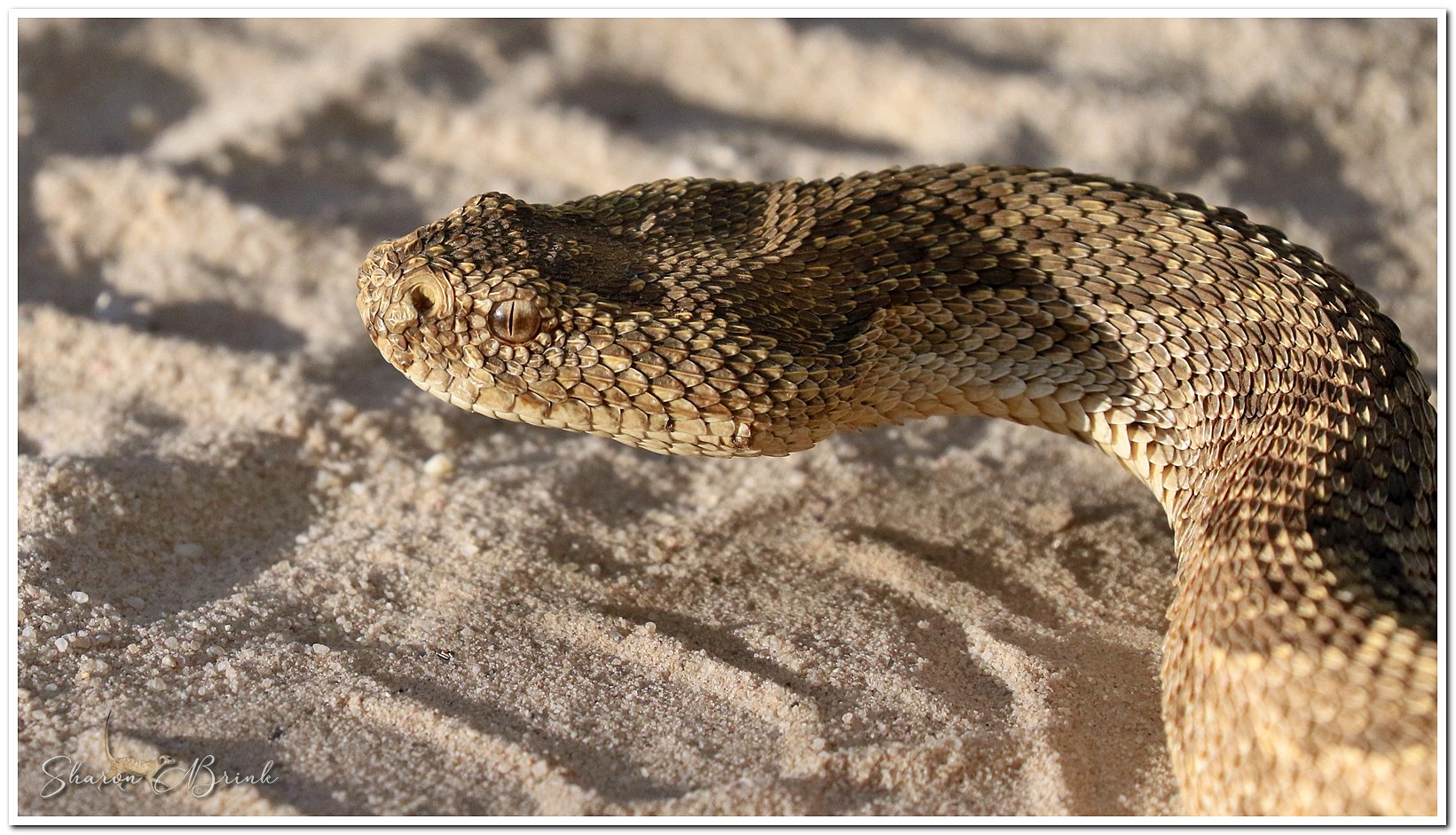
A Puff Adder clearly not impressed with us passing
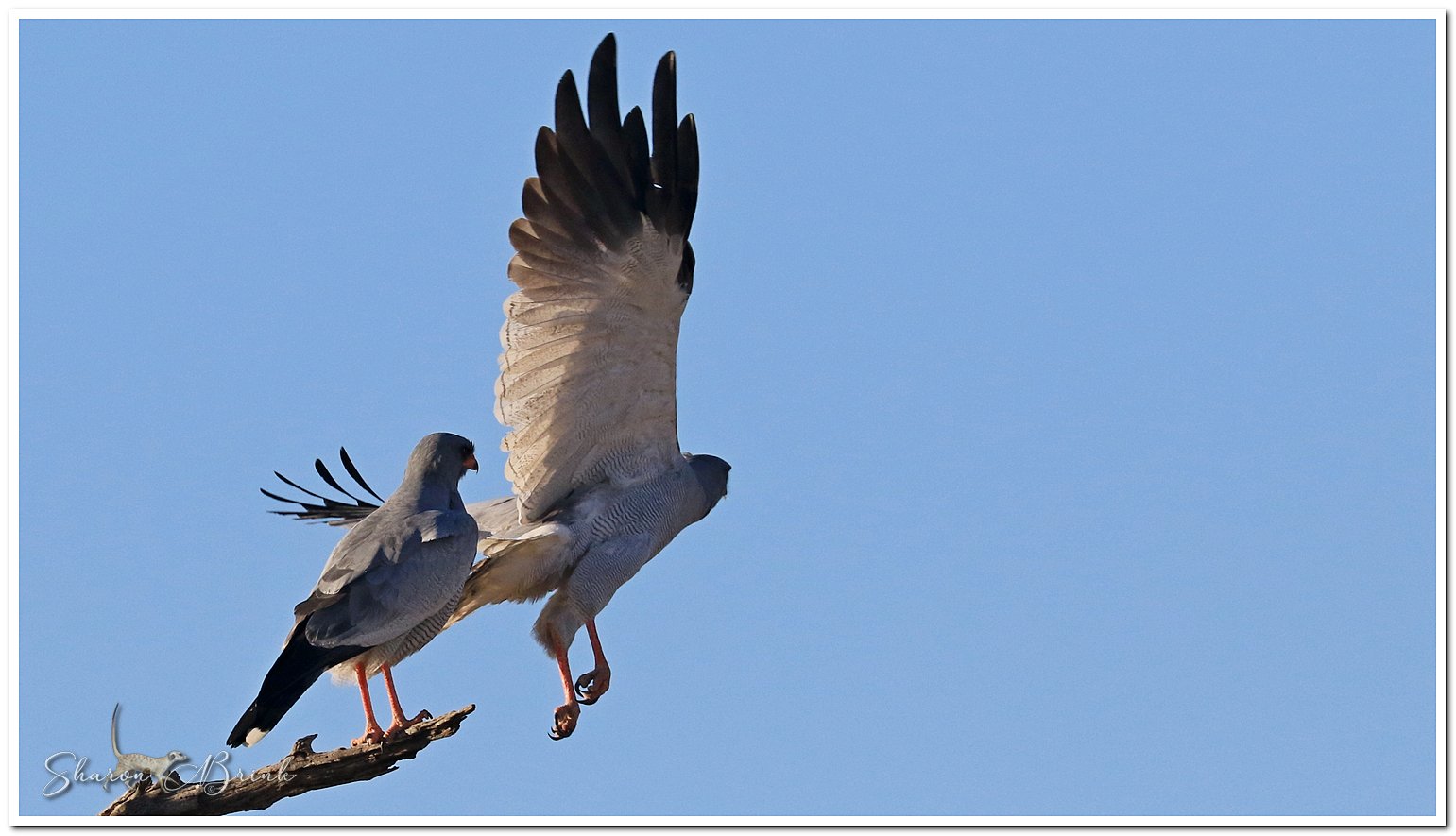
A pair of Southern Pale Chanting Goshawks
Small avian raptors were abundant with Black-shouldered Kite and Red-necked Falcons becoming almost as common as the “Nossob Chicken”, the Pale Chanting Goshawk! The small Pygmy Falcons were not as easy to spot in the now rather leafy Camel Thorn Trees but if you looked carefully you would spot them.
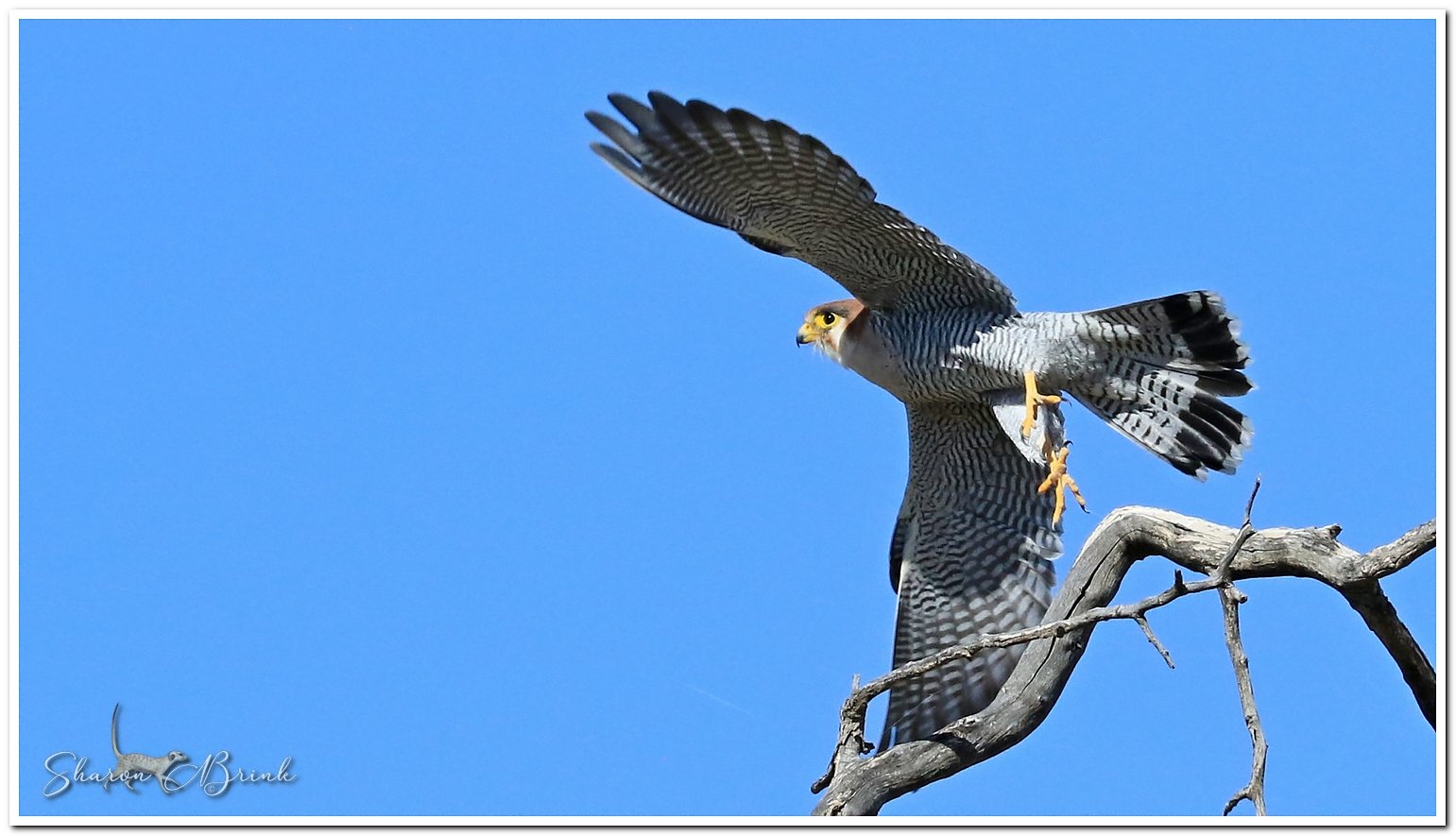
A Red-necked Falcon takes to the air
Once again we left the Kgalagadi Transfrontier Park with new memories, new experiences and a deep gratefulness to have been able to once again experience the wonder and magic of the Kalahari.
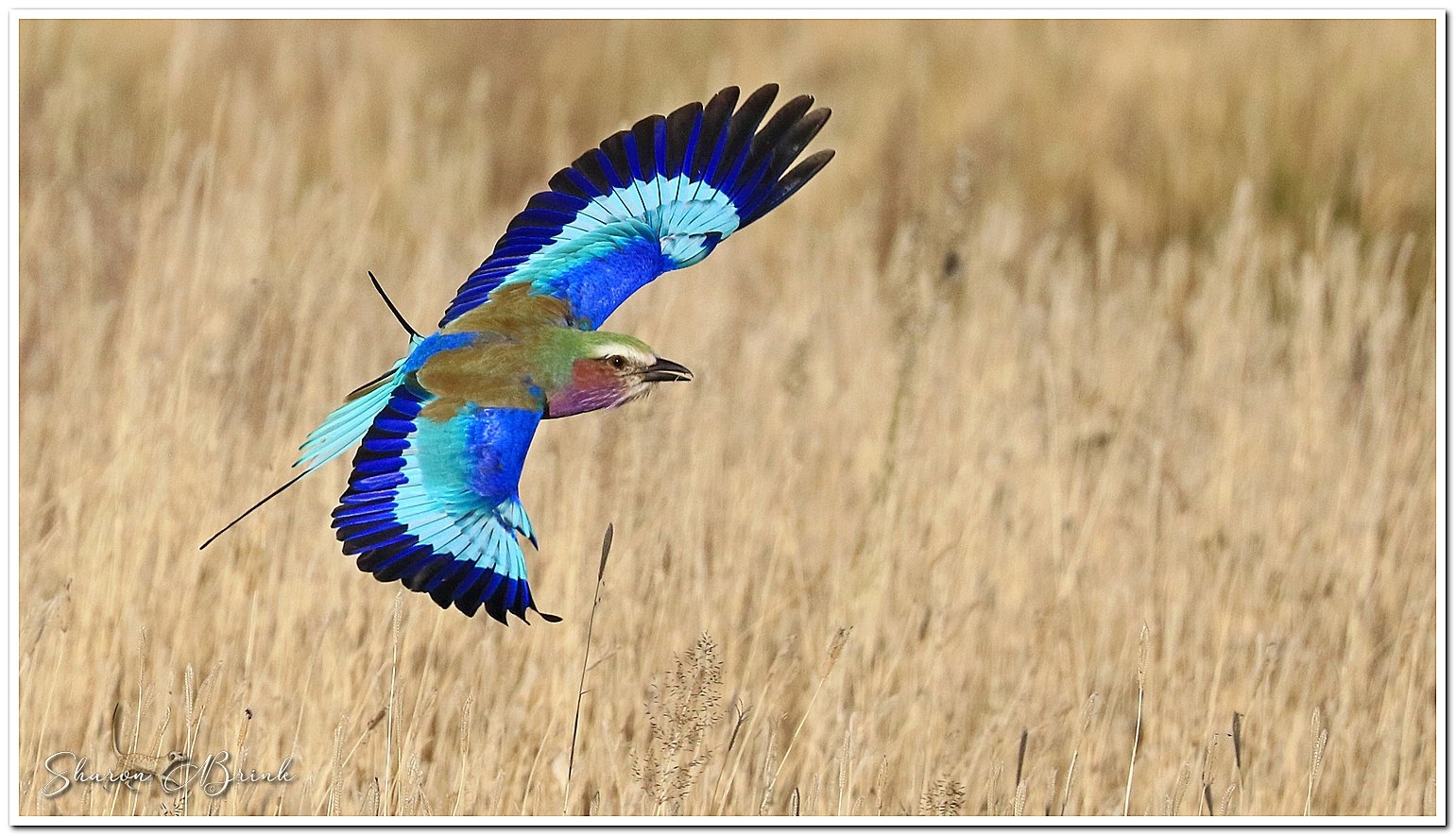
The Lilac-breasted Roller always provides a surprise splash of colour in a landscape dominated by red and gold.
More Kgalagadi stories in the links below:
SA'S LARGEST EAGLE VS THE LARGEST FLYING BIRD
